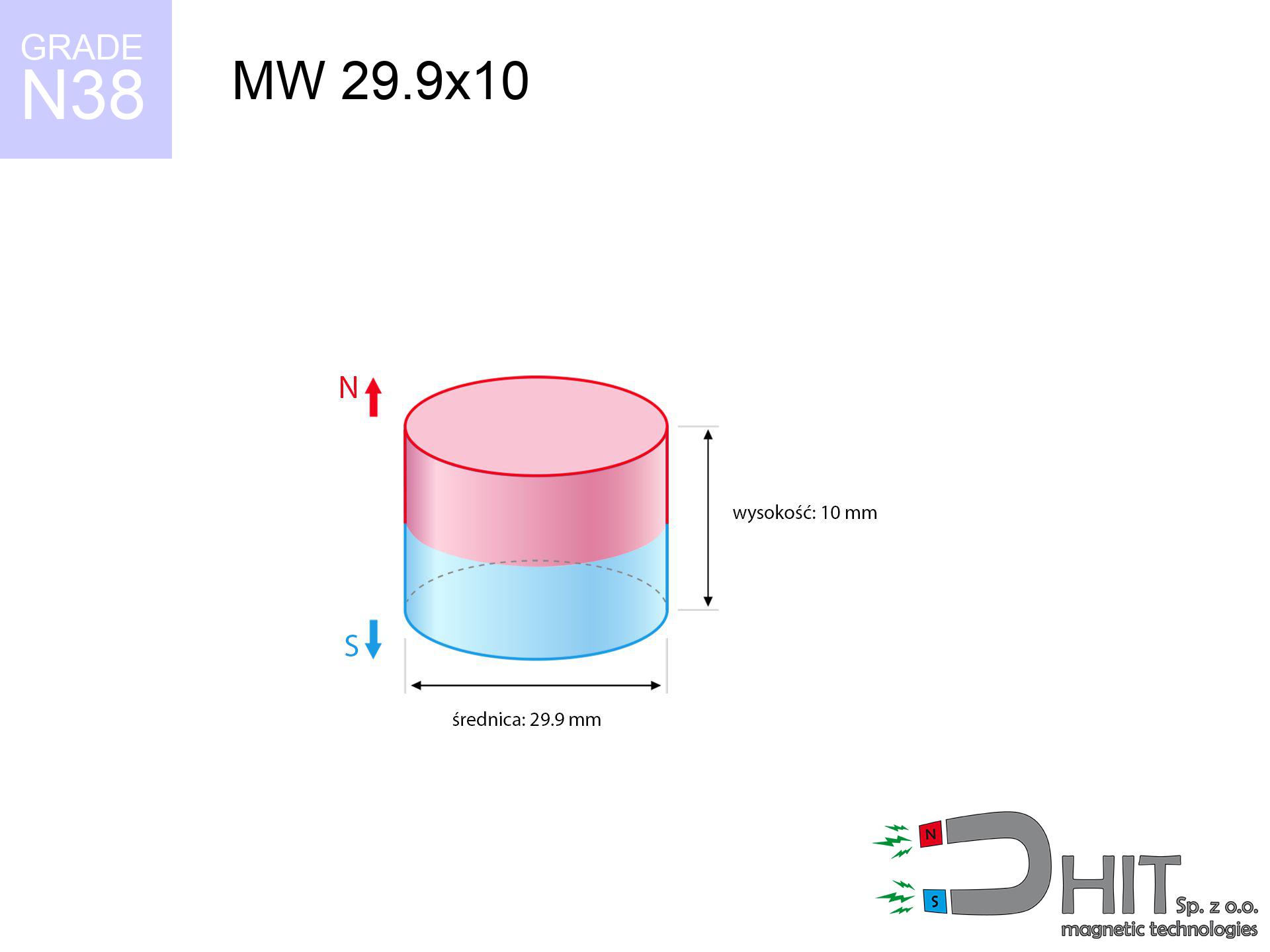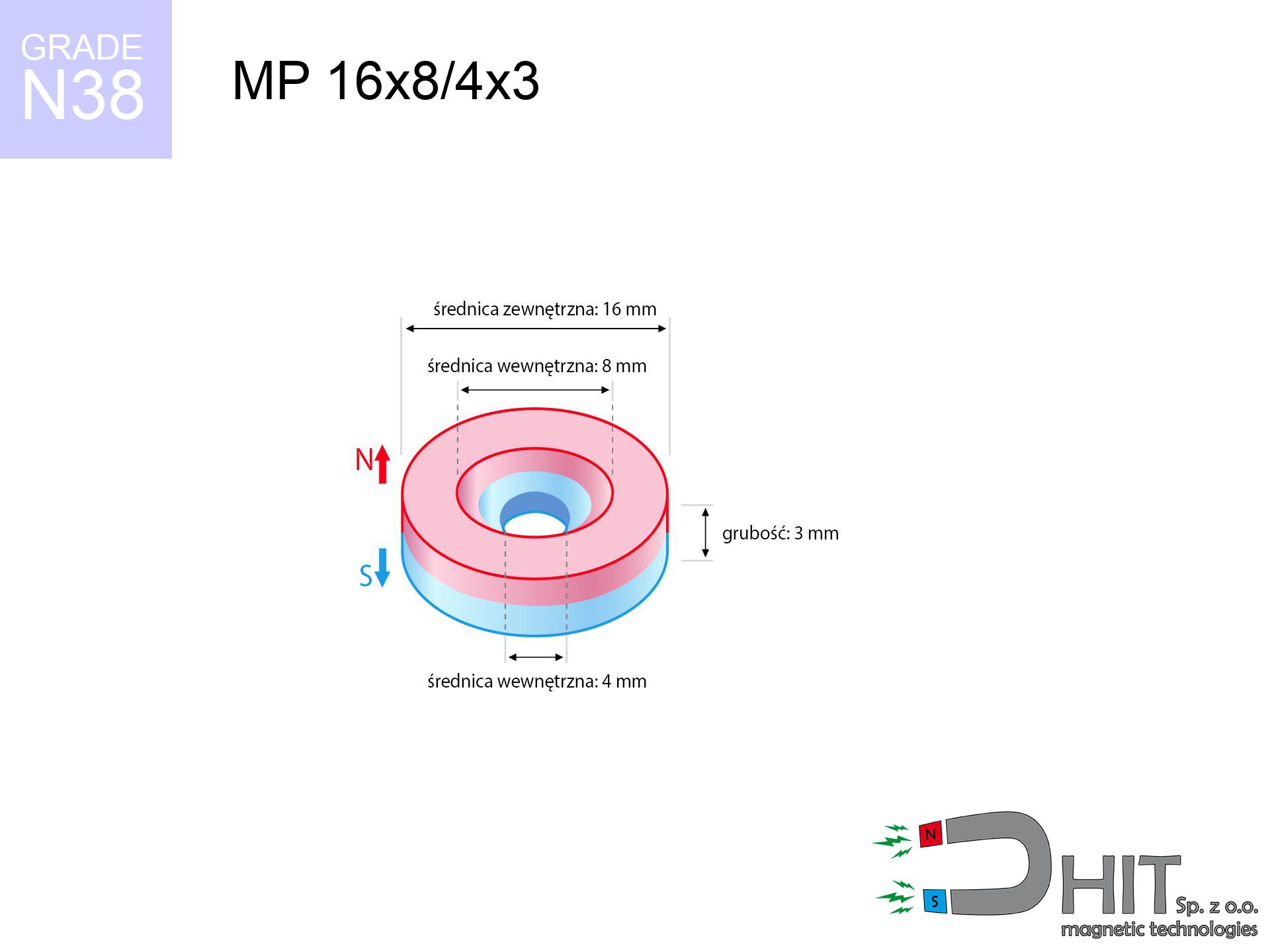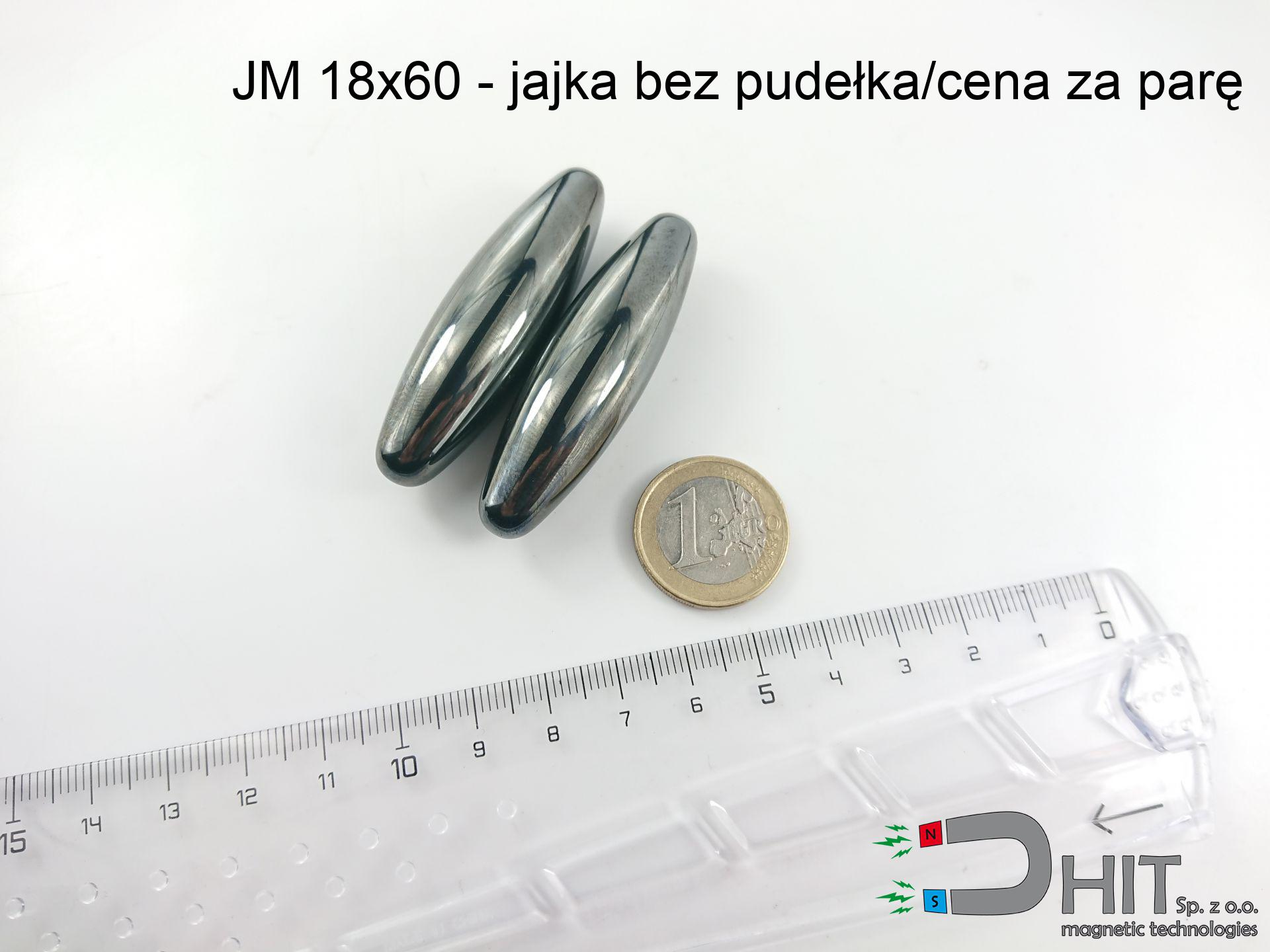MW 29.9x10 / N38 - neodymium magnet
cylindrical magnet
catalog number 010052
GTIN: 5906301810513
diameter Ø
29.9
mm [±0,1 mm]
height
10
mm [±0,1 mm]
magnetizing direction
→ diametrical
capacity ~
16.53 kg / 162.10 N
magnetic induction ~
344.60 mT / 3,446 Gs
max. temperature
≤ 80
°C
catalog number 010052
GTIN: 5906301810513
diameter Ø
29.9 mm [±0,1 mm]
height
10 mm [±0,1 mm]
magnetizing direction
→ diametrical
capacity ~
16.53 kg / 162.10 N
magnetic induction ~
344.60 mT / 3,446 Gs
max. temperature
≤ 80 °C
24.60 ZŁ gross price (including VAT) / pcs +
20.00 ZŁ net price + 23% VAT / pcs
bulk discounts:
need more quantity?Do you have a problem in choosing?
Call us tel: +48 888 99 98 98 or contact us through contact form on the contact page. You can check the lifting capacity as well as the shape of neodymium magnets in our force calculator power calculator
Orders placed by 2:00 PM will be shipped on the same business day.
Specification: cylindrical magnet 29.9x10 / N38 → diametrical
Magnetic properties of the material N38
Physical properties of sintered neodymium magnets Nd2Fe14B
Moreover, although neodymium is part of the strongest magnets, they are prone to corrosion in humid environments. For this reason, they are coated with a coating of gold-nickel to protect them from corrosion. It's worth noting that NdFeB neodymium magnets are about 13% lighter than SmCo magnets and, despite their power, easily break, which requires special caution during their handling. Therefore, any mechanical processing should be done before they are magnetized.
In terms of safety, there are several recommendations regarding the use of these magnets. It is advisable to avoid their use in acidic, basic, organic environments or in solvents, and also in water or oil. Furthermore, they can damage data on magnetic cards and hard drives, although data deletion using a neodymium magnet is not always certain.
In terms of properties in different environments, neodymium magnets are susceptible to corrosion, especially in conditions of high humidity. Therefore, they are often covered with coatings, such as gold, to preserve them from external factors and extend their lifespan. Temperatures exceeding 130°C can cause a deterioration of their magnetic strength, although there are specific types of neodymium magnets that can withstand temperatures up to 230°C.
As for risks, it is important to avoid using neodymium magnets in acidic environments, basic environments, organic or solvent environments, unless they are adequately insulated. Additionally, their use is not recommended in wet conditions, oil, or in an atmosphere containing hydrogen, as they may forfeit their magnetic properties.
Product suggestions
Advantages as well as disadvantages of neodymium magnets NdFeB.
Apart from immense strength, neodymium magnets have the following advantages:
- They do not lose power over time. After about 10 years, their strength decreases by only ~1% (theoretically),
- They protect against demagnetization caused by external magnetic field extremely well,
- In other words, thanks to the shiny coating of nickel, gold, or silver, the element acquires an aesthetic appearance,
- They possess very high magnetic induction on the surface of the magnet,
- Thanks to their high temperature resistance, they can operate (depending on the form) even at temperatures up to 230°C and above...
- Due to the option of accurate forming or adaptation to individual needs – neodymium magnets can be produced in various forms and dimensions, which expands the range of their possible uses.
- Key role in advanced technologically fields – are utilized in hard drives, electric drive mechanisms, medical equipment or various technologically advanced devices.
Disadvantages of neodymium magnets:
- They are fragile when subjected to a powerful impact. If the magnets are exposed to impacts, we recommend using magnets in a metal holder. The steel housing in the form of a holder protects the magnet from impacts, and at the same time increases its overall strength,
- They lose power at high temperatures. Most neodymium magnets experience permanent loss of strength when heated above 80°C (depending on the shape and height). However, we also offer special magnets with high temperature resistance, up to 230°C,
- Magnets exposed to a humid environment can corrode. Therefore, when using them outdoors, we recommend using waterproof magnets made of rubber, plastic, or other moisture-resistant materials,
- The use of a cover - a magnetic holder is recommended due to the limited production capabilities of creating threads or complex shapes in the magnet
- Potential hazard associated with microscopic parts of magnets pose a threat, if swallowed, which is crucial in the context of children's health. It's also worth noting that small elements of these magnets can complicate diagnosis after entering the body.
Caution with Neodymium Magnets
Magnets should not be treated as toys. Therefore, it is not recommended for children to have access to them.
Neodymium magnets are not toys. You cannot allow them to become toys for children. Small magnets pose a serious choking hazard or can attract to each other in the intestines. In such cases, the only solution is to undergo surgery to remove the magnets, and otherwise, it can even lead to death.
The magnet is coated with nickel. Therefore, exercise caution if you have an allergy.
Studies clearly indicate a small percentage of people who suffer from metal allergies such as nickel. An allergic reaction often manifests as skin redness and rash. If you have a nickel allergy, you can try wearing gloves or simply avoid direct contact with nickel-plated neodymium magnets.
Neodymium Magnets can attract to each other due to their immense internal force, causing the skin and other body parts to get pinched and resulting in significant injuries.
Magnets may crack or alternatively crumble with uncontrolled joining to each other. You can't approach them to each other. At a distance less than 10 cm you should hold them extremely strongly.
Neodymium magnetic are particularly delicate, which leads to their breakage.
In the event of a collision between two neodymium magnets, it can result in them getting chipped. They are coated with a shiny nickel plating similar to steel, but they are not as hard. In the case of a collision between two magnets, there can be a scattering of small sharp metal fragments in different directions. Protecting your eyes is essential.
Neodymium magnets are not recommended for people with pacemakers.
Neodymium magnets generate very strong magnetic fields that can interfere with the operation of a pacemaker. This happens because such devices have a function to deactivate them in a magnetic field.
Keep neodymium magnets away from GPS and smartphones.
Magnetic fields can interfere with compasses and magnetometers used in aviation and maritime navigation, as well as internal compasses of smartphones and GPS devices. There are neodymium magnets in every smartphone, for example, in the microphone and speakers.
Neodymium magnets are the strongest magnets ever invented. Their power can shock you.
Please review the information on how to handle neodymium magnets and avoid significant harm to your body, as well as prevent unintentional disruption to the magnets.
Neodymium magnets can demagnetize at high temperatures.
Despite the general resilience of magnets, their ability to maintain their magnetic potency can be influenced by factors like the type of material used, the magnet's shape, and the intended purpose for which it is employed.
Dust and powder from neodymium magnets are flammable.
Do not attempt to drill into neodymium magnets. Mechanical processing is also not recommended. If the magnet is crushed into fine powder or dust, it becomes highly flammable.
Keep neodymium magnets away from TV, wallet, and computer HDD.
Strong magnetic fields emitted by neodymium magnets can damage magnetic storage media such as floppy disks, credit cards, magnetic ID cards, cassette tapes, video tapes, or other devices. They can also damage televisions, VCRs, computer monitors, and CRT displays. You should especially avoid placing neodymium magnets near electronic devices.
In order for you to know how powerful neodymium magnets are and why they are so dangerous, read the article - Dangerous very strong neodymium magnets.








